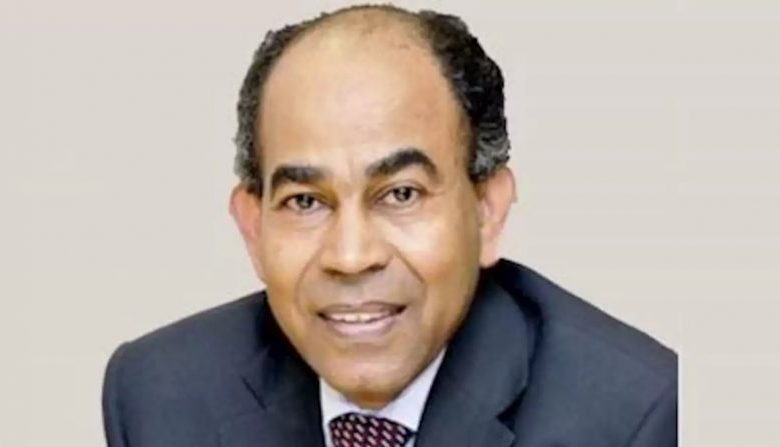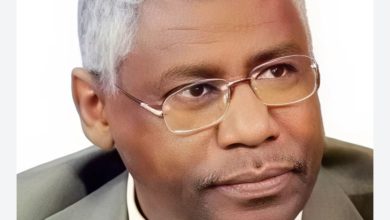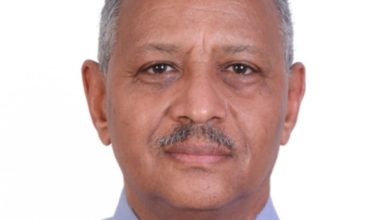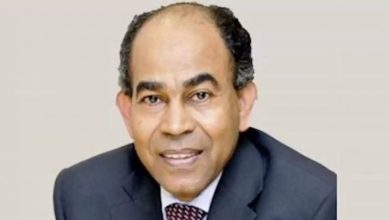Khartoum Is Coming Back Despite the Challenges!

By: Othman Mirghani
After a long period of silence, deserted streets, widespread destruction, and the remnants of war scattered across the roads, Khartoum is beginning to breathe again and gradually take steps toward recovery, defying the difficulties and affirming that the will to live and rebuild remains stronger.
From cleanup campaigns and clearing war debris from the streets, to repairing roads and launching solar-powered street lighting projects in Bahri, to the reopening of several markets, the city is witnessing a surge of activity. These efforts reflect the determination of both leadership and citizens to rebuild and revive the capital. Khartoum is slowly distancing itself from the noise of political battles, the atmosphere of rumors, and waves of despair spread on social media. There are numerous positive movements towards recovery and reconstruction—perhaps small steps, but confident and eager to face the many challenges that lie ahead.
A few days ago, eleven Sudanese universities and colleges announced they would resume academic operations from their Khartoum campuses after Eid al-Adha. This decision carries significant symbolic and practical implications. It signals not only the return of academic life but also encourages displaced families to return home so their children can continue their studies. It sends a strong message that the nation’s capital is beginning to recover.
In addition to educational institutions, several ministries and government agencies have started taking steps to resume operations in Khartoum, reinforcing the state’s presence and accelerating the reconstruction process. The return of these institutions is not merely an administrative move, but a reassuring sign to citizens and the international community that the capital is regaining its natural role as Sudan’s center of governance and administration.
Another promising development in the recovery journey is the announcement of preparations to reopen Khartoum International Airport for cargo flights as a first phase. This move has both symbolic and practical significance. Symbolically, the partial reopening of the airport marks the capital’s reconnection to the world, boosting confidence in the return of normal life. Practically, it will facilitate and speed up the transportation of goods, medicine, and humanitarian supplies needed by the capital and surrounding areas.
The airport is not just a logistical facility—it is a lifeline. Reopening it is a clear message that Khartoum will not remain isolated from the world and that it is capable of regaining its role and revitalizing its vital gateways.
At the heart of these changes, many have noted the efforts of Khartoum State Governor Ahmed Othman Hamza, who, along with his team, has worked diligently and persistently—with government support—to restore life to the capital. The governor never left the city despite the challenges and has remained actively engaged in overseeing infrastructure repair and coordinating efforts among government bodies, local authorities, and sometimes even international partners. Every time the army liberates an area, the governor is quick to visit, exploring ways to revitalize it and collaborating with residents and stakeholders to restore essential services.
Of course, many other leaders and residents across Khartoum’s localities never left, despite the harsh conditions. Their steadfast presence helped preserve the social fabric and encouraged many others to return.
Today, return journeys from displacement and refugee centers continue, and many are preparing to go back home for the Eid holiday. People understand that shelters cannot replace home, and that rebuilding and recovery will only happen through the efforts of Sudanese people and their return to their land.
All areas where residents have returned are beginning to heal and revive. From the city of Wad Madani in Al Jazirah State to Bahri and Omdurman in Khartoum State, signs of recovery are emerging. Karari locality in Omdurman stands as a testament to the resilience of its residents, who stayed in their homes despite all challenges. Life began returning there long ago: markets have reopened, streets are bustling, and public transport has resumed.
This recovery offers a model of the capital’s ability to heal itself, providing a boost to other localities to follow the same path.
Khartoum still faces major challenges—security-related and service-related—but the progress on the ground points to the beginning of a true transformation. Every step toward infrastructure repair and service improvement brings the capital closer to welcoming back its people and resuming its role as a vibrant city. The gradual reopening of universities and ministries, the airport’s reactivation, war debris clearance campaigns, and citizens’ resilience all affirm that the capital is on the path to normalcy and reclaiming its place.
With each step forward, Khartoum is not just returning as a geographic or administrative capital, but as a symbol of a resilient people who have suffered greatly due to the war—a city that refuses to be broken.



